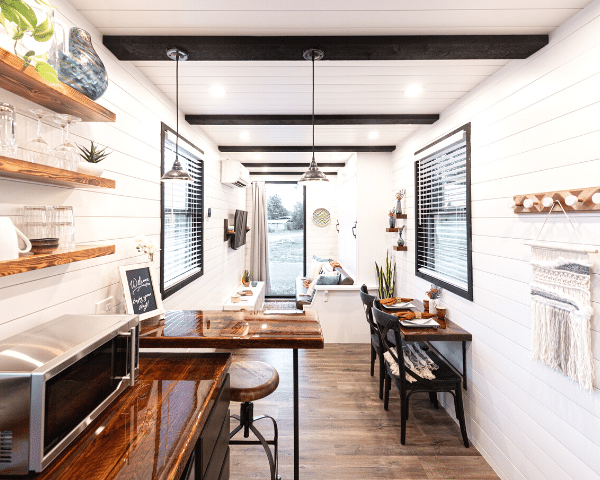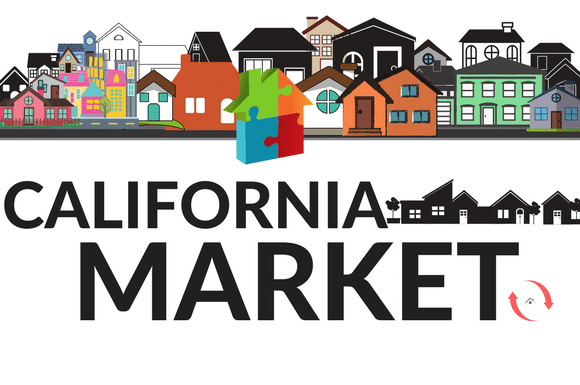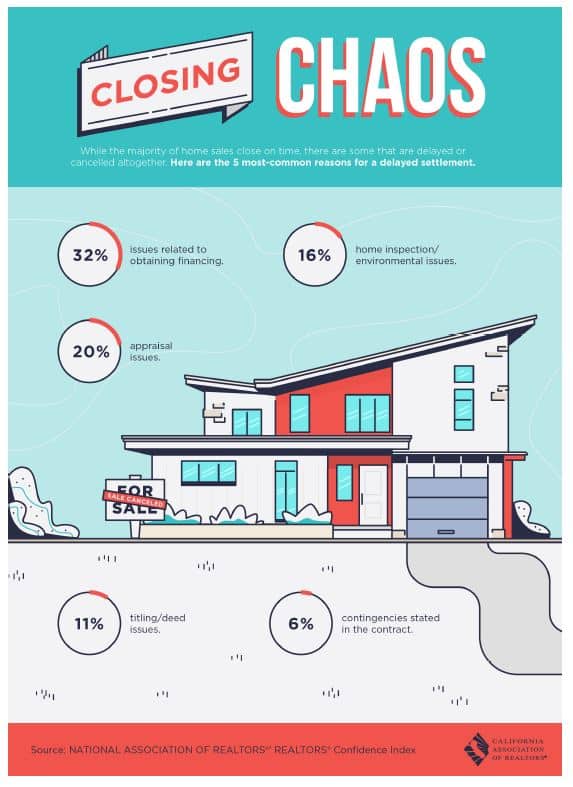
Thinking about ‘going tiny’? You may have been inspired by the idea after seeing it in TV shows like Tiny House, Big Living, Tiny House Nation, and Tiny House Builders. With the emergence of minimalism and eco-consciousness, some people are beginning to realize that ‘less is more, then downsizing drastically and joining the tiny house movement. Such movement redefines what makes a house a home.
COVID-19 also played a factor. In 2020, there has been an increase in demand for tiny homes as many people were forced to find more affordable housing after being laid off due to the pandemic. While some homebuyers opt to use it as their ‘home office’.
But is it really worth it? Here’s what we found out. But first, let’s talk about what qualifies as a tiny house.
According to The Tiny Life,
“a typical American home is around 2,600 square feet, whereas the typical small or tiny house definition is a home with square footage is between 100 and 400 square feet. While of course there aren’t any rules to joining the tiny house movement, when people refer to “the tiny life,” their tiny house generally falls under the 400 square foot level.Tiny homes may be rented or owned. You may choose a mini home on wheels or your small home may be set on a foundation. Most tiny houses are independent structures—some are parked on land with other buildings or a larger home. Other tiny houses are parked on their own lot. Some tiny houses are designed and built by the owner themselves, while others are purchased, adapted from trailers, or built from a tiny house kit. Tiny houses come in all shapes, sizes, and forms, but they all enable simpler living in a smaller, more efficient space.”
Now, let’s look at the advantages and disadvantages of tiny homes.
The Pros of Buying a Tiny House
- They are affordable – You can build a tiny house (about 150 sq. ft) for as low as $26,000, while the average cost to build a standard-sized one (about 2500 sq. ft) is $272,900. They are significantly less expensive upfront than regular homes.
- They require less maintenance – A smaller space means less cleaning and repairs, allowing you to have less stress, less cost, and more time and energy for what matters most.
- Reduced financial burden – According to the Tiny House Society, 60 percent of tiny homeowners have no credit card debt and 68 percent have no mortgage. After purchasing your tiny home, you’re practically debt-free.
- Freedom and flexibility – The added movability and mobility are some of the main selling points of tiny houses. They are able to travel and take their house on the road through an RV or trailer and work remotely.
- Environmentally friendly – Less space and appliances means less energy and water consumption. In fact, living in a tiny house can reduce a household’s ecological footprint by 45%.
- High demand from short-rental guests – With America now open, people are starting to travel again. Tiny homes provide a unique experience for guests, potentially making it a profitable venture. Plus with minimal capital, you may reap a high return on investment in the long run.
The Cons of Buying a Tiny House
- Finding a lot to park – Settling to a space can be a challenge if you don’t have your own lot. States have different zoning laws that determine what you can or cannot do. California has begun to make tiny house-friendly laws like the Accessory Dwelling Unit Ordinance.
- A Moveable Tiny House is an enclosed space intended for separate, independent living quarters of one family and meets all of the following:
- Is licensed and registered with the California Department of Motor Vehicles;
- Meets the American National Standards Institute (ANSI) 119.5 requirements or the National Fire Protection Association (NFPA) 1192 standards, and is certified for ANSI or NFPA compliance. A 3rd party inspection agency (Design Approval Agency/Quality Assurance Agency) shall certify the MTH meets this requirement (List of approved 3rd party Design Approval Agencies (DAA) and Quality Assurance Agencies (QAA));
- Cannot move under its own power;
- Is no larger than allowed by California State Law for movement on public highways; and
- Is no smaller than 150 and larger than 430 square feet as measured within the exterior faces of the exterior walls.
- Financing and insurance – Insurers willing to insure tiny homes may be a challenge especially if you built yourself. Some owners have been lucky enough to get RV insurance for their portable tiny homes, however, the process is a difficult one. Owners with homes built in a permanent lot may find it even harder at the moment.
- No guarantee the trend will last – Minimalism and tiny home living have only become popular over the past few years and we’ll never really know whether this is the future or a fad.
- Depreciation in value – Unlike traditional homes, which appreciate in value over time, tiny homes tend to depreciate in value. If you plan to sell your tiny home someday, expect a low resale amount.
So, Is Buying a Tiny House a Good Investment?
If you plan to live in it, want to live debt-free, and are okay with the lifestyle it entails, then tiny homes may be right for you. As a property owner, with the spike in demand during the recession, you may find it a good real estate investment for traditional and short-term rentals.
If you strongly think this is the right move for you, we can help you find the perfect home and sell your current one. Feel free to contact our team at Broadpoint Properties.




